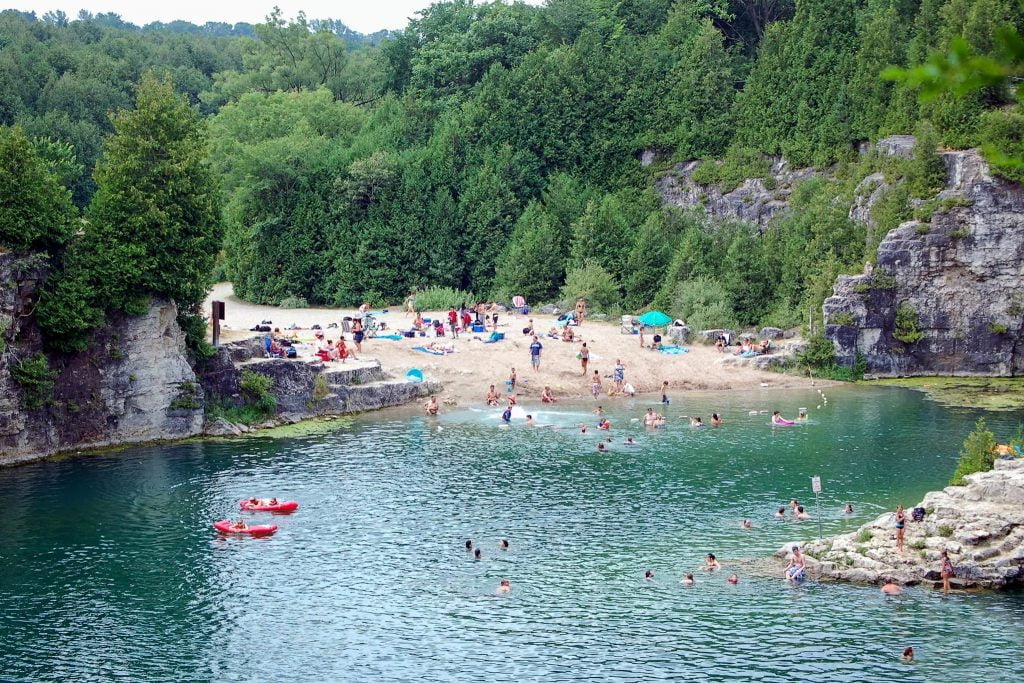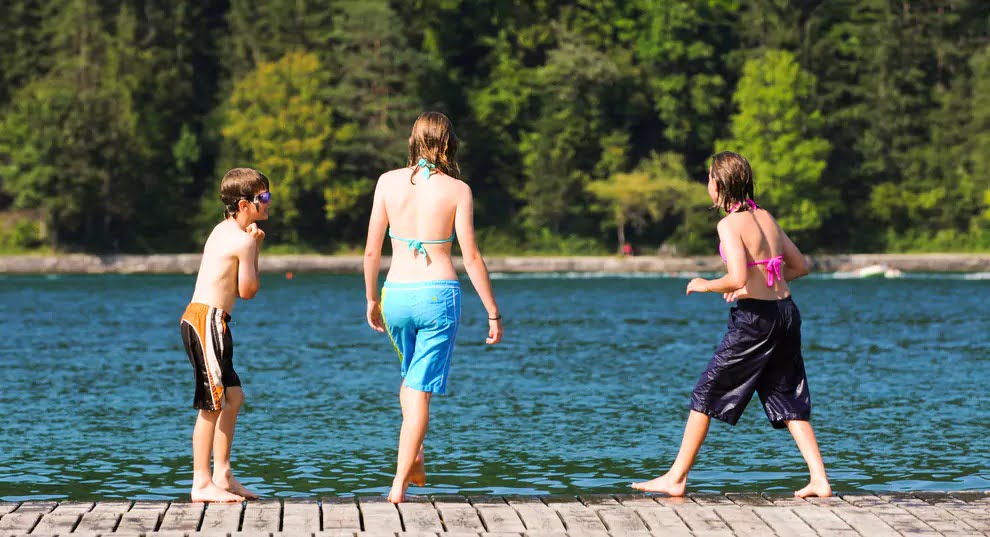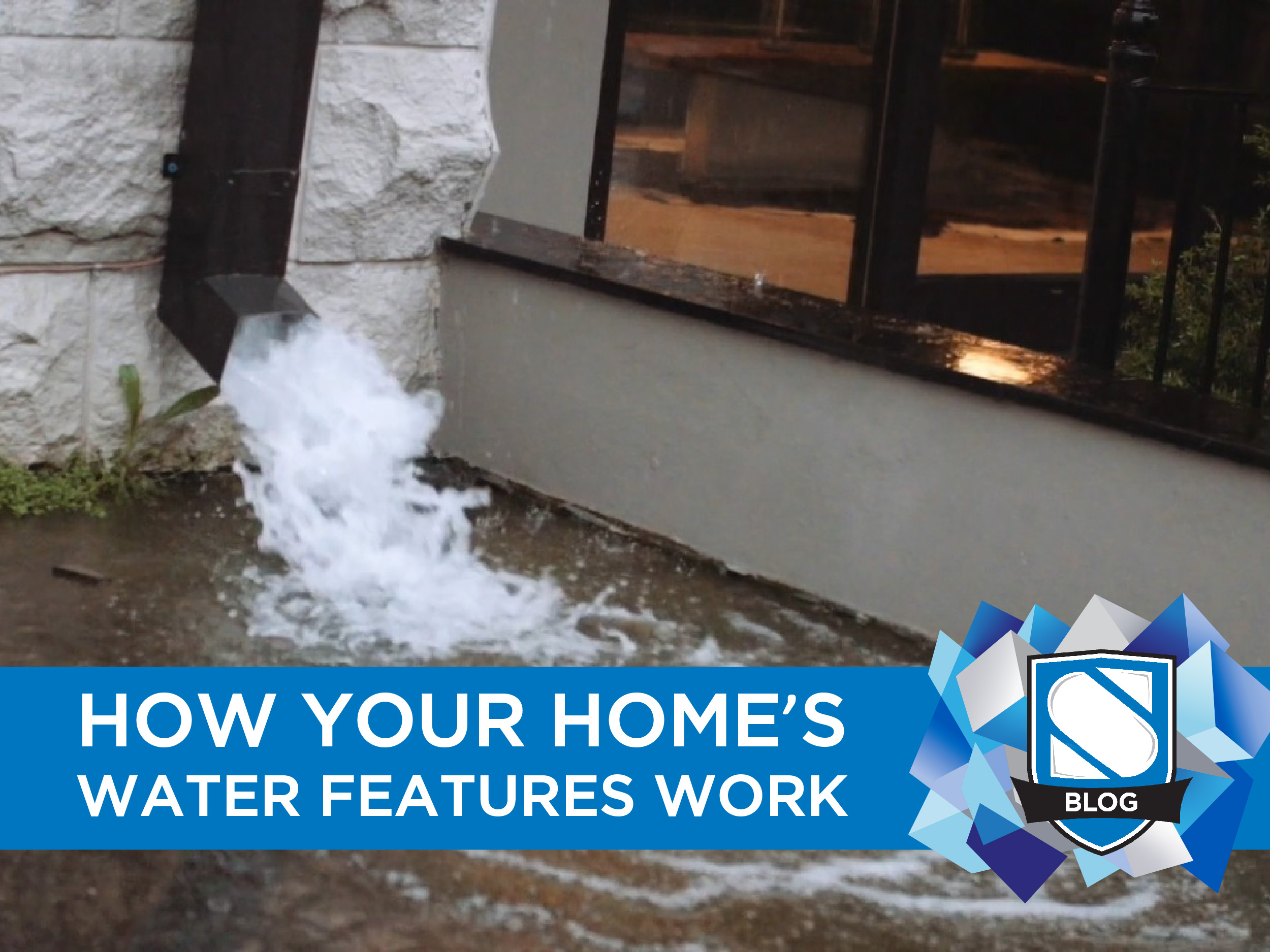One of summer’s classic joys is heading to cottage country and finding a smooth sandy beach or crystal clear pond and jumping in! Summer time swimming in open water is fun for the whole family. Unfortunately, it can also be dangerous.
Before you take the kids out into the water, make sure you’ve prepared them for the experience.
Know the risks
A recent report from Safe Kids Worldwide puts the possible risks of open water swimming into perspective. Comparing against normal public and backyard pools, more children drown at a higher rate each year in lakes, rivers, and oceans. For example, a 10 year-old is three times more likely to drown in open water than a pool.
Interestingly, boys are at a greater risk of drowning in open water than girls. Boys made up 84 percent of open water drownings under the age of 19 over the past year. The reason for this discrepancy isn’t entirely understood. It could be related to risk-taking behaviour, the typical urge for young boys to try and one-up each other by taking greater chances or engaging in more dangerous stunts and feats, but this is only a theory.
So what makes open water so much more dangerous? A variety of dangers such as currents, undertow, uneven footing, and sudden changes in depth all conspire to make seemingly safe waters more risky than they appear.
Then you also have to consider the differences between a pool and an open body of water. There are no ledges or sides to grab onto when a child feels tired or accidentally takes a gulp of water. What would be a simple time out to take a break or cough in the pool can turn deadly in open water when a child is unable to steady themselves and panics as a result.
The same is also true for flotation devices and pool toys you might not realize your child depends on as much as they do. If a child loses grip of a pool noodle or kick-board in the backyard pool, it can only travel so many feet away before running up against a barrier. But in open water, that floaty could travel far away or even be gone for good. If a child is not a strong swimmer and typically relies on a pool toy of one kind or another to help them, the situation can rapidly turn disastrous.
What can you do to keep your kids safe?
As always, swimming lessons are a great start. Make sure your children know the basics, like how to turn and orient themselves to leave the water, how to tread water for a period of time, and what to do if they feel in over their heads.
But open water requires a few additional preparations. Small children should be equipped with a life jacket in open water and closely supervised. You don’t want to take a chance when the consequences are so severe.

For older children, talk with your kids and observe them in a normal pool to gauge their actual swimming strength. Many tweens and young teens will overstate their ability to swim without assistance. This is often a confidence and embarrassment issue, after all, nobody wants to be the last kid wearing a life jacket or water wings. Know which kids you should be keeping a particular eye on. Consider offering non-embarrassing assist devices like large balls, boogie boards, and large inflatables that have plausible sporting or relaxation purposes but can still provide a hand hold for a weaker swimmer.
Keep In Mind:
- Take frequent breaks. One of the things that makes open water swimming more dangerous is the lack of a hand hold combined with summer heat and sunshine. Kids will often go-go-go until they hit the wall and suddenly become tired. This is no big deal in the backyard pool, but is potentially dangerous out in a lake. Call the kids to shore every now and then to check in on them, offer them a drink, re-apply sunscreen, and see if anyone is hungry and wants to stop for a bit for a snack. Giving them a chance to sit in the shade and re-hydrate will help stave off the risk of exhaustion.
- Assess the situation. If you’re at the lake or beach, don’t let your kids into the water before scoping out the area. Make sure people are acting responsible and there are no obvious dangers such as people running boats too close to the swimming area, unsupervised kids acting up, or adults partying a little too hard and getting rowdy. Keep your kids away from any external danger or risk.
- Make sure there is always supervision. If you’re with a group, designate a life guard who will specifically focus on, and really watch, the kids. Rotate out every 20 or 30 minutes to make sure it’s fair and keep the person on watch duty focused. Don’t rely on “well there are lots of people watching” and assume things will be okay. People get talking and naturally their attention shifts. It only takes a second for an accident to occur, so be sure someone is always on the job.
Open water swimming can be a lot of fun so long as you take the proper precautions. Keep these tips in mind and you and your family can have an enjoyable, safe, time in the water this summer!














0 Comments